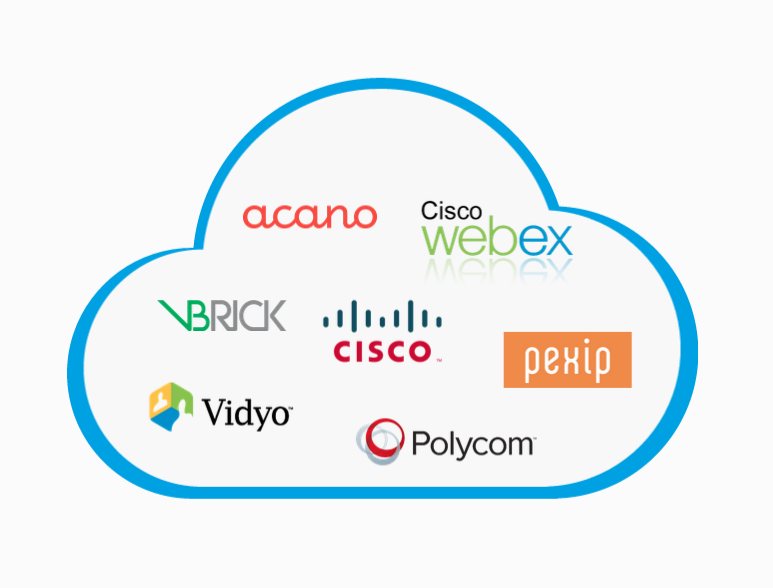This article is designed for IT professionals who are in the middle of building a case for video conferencing in their organization. We went back to the basics to answer the most common questions that organizations ask when planning a video conferencing deployment.
1.) Why video?
The simplest answer to the question “why do I need video in my organization?” is pretty easily answered. Video is the most efficient method of communication. Numerous studies have shown that people prefer to interact in a collaborative environment, or as close to face-to-face as technology will allow over any other type of communication.
Global organizations typically have a large number of “knowledge workers” (people who share information for a living). Knowledge workers include account managers, project managers, team leaders, support engineers, sales representatives and senior executives – all of the folks whose jobs depend on their ability to communicate effectively.
Businesses thrive on their ability to communicate internally and externally. What video does in a large organization is help to connect people within the organization for better collaboration, and help people within the organization connect with people outside of the organization to better strengthen relationships with vendors, partners, consultants and most importantly – customers.
Video interactions are valuable assets to any organization today given that we are in the collaboration age – where people average up to 27 meetings per week and people include video in 45% of their meetings. The case for video conferencing in this day and age is a strong one, and we’ve seen this become more and more evident in the massive adoption of software solutions like S4B (Skype for Business), where 79% of U.S enterprises already use Lync for voice and over 50% are using it for video.
2.) What’s it going to cost to deploy?
Video is notoriously expensive. From dedicated hardware infrastructure to telepresence room systems, companies are ready to fork out a big slice of budget for a quality video conferencing network. But, if you’re not a financial institution or government with air tight security needs, you might make better use of the cloud. Many video-friendly organizations deploy video on the cloud and use (virtual meeting rooms) VMR’s to avoid complicating the video calling experience by incoming and outgoing calls getting tangled up in firewalls. This way, participants from both parties call out of their firewalls (rather than having someone call in) and meet somewhere in the middle.
Desktop and laptop software videoconferencing solutions are very low cost options that are helping drive more adoption of video in large organizations, even the ones with dedicated hardware and infrastructure out the wazoo. Many organizations deploy both, mainly because it depends on the way users like to work, and it is a very cost effective way to get video in the hands of more users.
3.) What does it cost to maintain quality?
Video administrators also don’t want to deploy new communication technology that’s just going to be a headache for them and their users. Vyopta’s data set, comprised of a strong majority of large enterprises, shows that most organizations doubled their annual video minutes from 2013 – 2015. As video usage and adoption grow, every organization needs to expend effort to maintain their infrastructure, network bandwidth and user experience among other things. The costs of maintenance is low, but most video deployments include an annual subscription or licensing fee that can be very expensive. It is important to accurately know your usage so you can purchase only what you need and set up additional flexible on-demand resources in case usage spikes.
It is difficult to say what types of video environments require the most maintenance as there are different types of endpoints, room systems, hardware and software clients, bandwidth bottlenecks and so forth that cause video quality to suffer. Real time video call monitoring is the best way to get more bang for your buck, and monitor quality efficiently for the largest multi-vendor technology video networks.
4.) How do we know if it’s working?
Monitoring and tracking video conferencing is what I preach. Most video administrators that I’ve talked with say that their biggest concern is driving adoption and improving the performance of their existing video environment. This is hard to do without data, so I always say go with video collaboration analytics. Organizations save more money every year by monitoring, tracking and improving their video conferencing with analytics. Data helps IT teams make better decisions about their environment, and reduce the amount of issues that occur with video conferencing. One of my favorite examples these organizations is Cimpress, a world leader in mass customization who saved over $160,000 with analytics.






